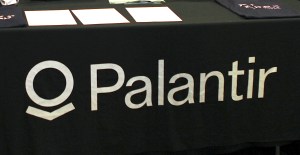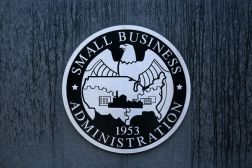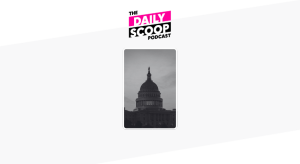SBA set the standard. Now it’s time the rest of government follows
During the COVID-19 pandemic, the Small Business Administration was handed a nearly impossible task: stand up massive new lending programs almost overnight to keep millions of businesses afloat. It wasn’t easy — and the scrutiny since has been intense. But here’s what often gets overlooked: In the midst of unprecedented pressure, the SBA pioneered modern tools and practices that made lending faster, more accessible and significantly more secure than many expected.
SBA moved quickly to adopt commercial technologies for identity verification, loan processing and fraud prevention. It partnered with fintechs and adapted to a real-time, data-driven model that departed sharply from the traditional government playbook. While no program that size will ever be fraud-free, SBA showed what’s possible when urgency meets innovation.
Now, with two new executive orders aimed at modernizing payments and protecting the federal government’s financial integrity, it’s time other agencies learn from the SBA’s example — and catch up.
The executive orders, signed earlier this spring, call for sweeping changes in how the federal government manages its disbursements and receipts, essentially how money flows into and out of “America’s bank account.” Among other things, they require agencies to:
- Phase out paper checks and transition to electronic payments across the board;
- Adopt pre-certification processes to verify payment data and validate recipients before disbursing funds;
- Consolidate outdated fragmented financial systems;
- Share payment and fraud data more freely with the Department of the Treasury.
These are not just good ideas — they’re essential reforms. Every year, according to the Government Accountability Office, the federal government loses somewhere between $233 and $521 billion to fraud and improper payments. Much of this is preventable.
We saw during the pandemic that fraudsters do not respect agency boundaries. They applied for unemployment assistance in one state and PPP loans in another. They used the same stolen identity to collect multiple benefits from different federal programs. A fragmented approach to fraud prevention, where each agency builds its own systems, hoards its own data and interprets its own rules, simply doesn’t work.
That’s why the executive orders matter. They shift the mindset from agency-level compliance to enterprise-level defense. They empower Treasury to act as a true steward of public funds, screening payments for fraud before they go out the door. They call for standardization, integration and transparency.
But policy alone won’t get us there.
The government has long struggled with insularity and inertia. Too often, successful innovations at one agency, like those at SBA, go unnoticed or unreplicated elsewhere. Data about bad actors, eligibility verification failures or account anomalies remains siloed even when it could prevent repeat fraud across programs. Agencies cling to legacy systems and processes not because they work well but because they’re familiar.
That has to change.
The SBA showed that real-time fraud screening, identity checks and seamless digital payments are not only possible — they’re critical to delivering benefits responsibly and at scale. If the SBA could do this while standing up emergency programs in weeks, there’s no excuse for other agencies not to make these practices standard.
Of course, challenges remain. Agencies must balance privacy with prevention. They need help navigating statutory barriers and modernizing systems within tight budgets. The executive orders offer a clear path forward if agencies are willing to walk it.
They direct agencies to work with Treasury to align systems and timelines. They authorize the use of proven anti-fraud tools like Do Not Pay. They even direct agencies to revise their privacy notices to allow broader data sharing for fraud prevention within legal bounds.
Most importantly, they set a deadline. Paper checks, for example, are to be phased out by the end of fiscal year 2025, an ambitious but necessary step. Checks are not only expensive and slow—they’re also 16 times more likely to be lost, stolen or altered than electronic payments. Just maintaining the paper infrastructure cost taxpayers over $650 million last year.
Digitization isn’t just a cost-saving measure. It’s a security imperative.
The future of public finance lies in secure, real-time, interoperable systems that let agencies see who they’re paying, why and whether that payment is legitimate before it’s made. That future is already here in much of the private sector. It’s time the federal government catches up.
The SBA’s pandemic-era response wasn’t flawless, but it set a precedent. It proved that bold steps, smart partnerships and modern technology can make government faster, fairer and more fraud-resistant. The rest of the government should treat that not as an exception but as a model.
The clock is ticking. Let’s not wait for the next crisis to do what we already know works.
Bill Webner is CEO of Allocore.






